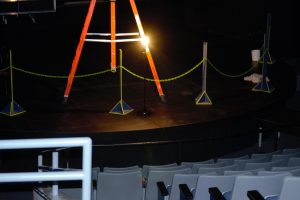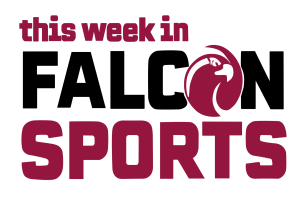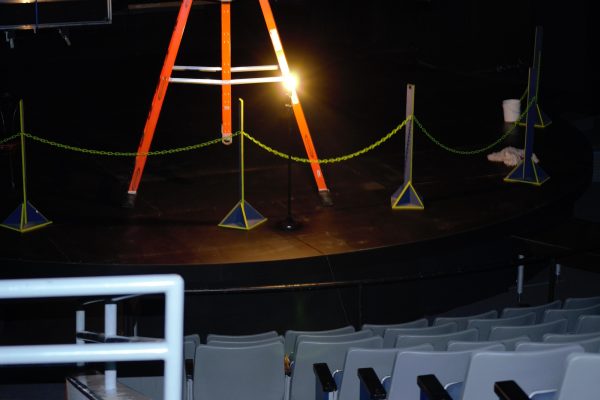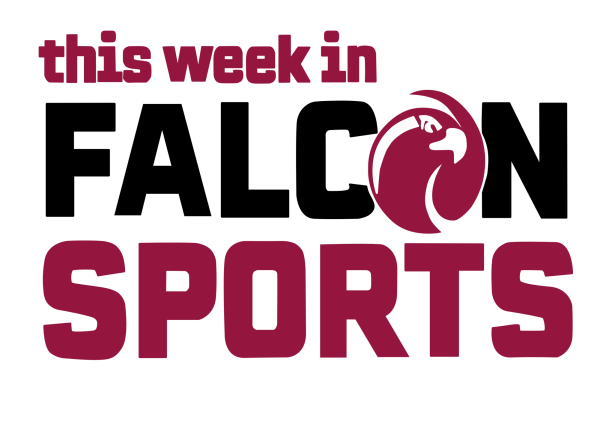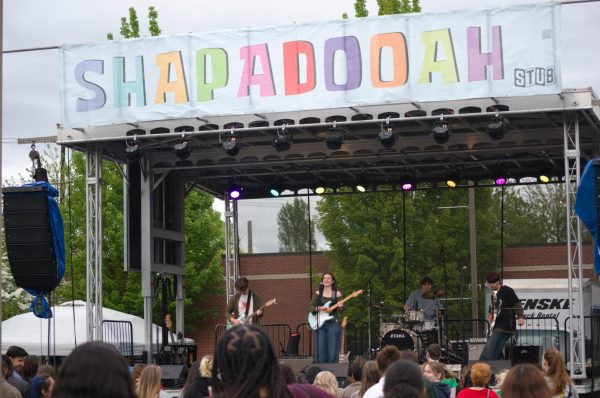Injuries halt for nobody
How Seattle Pacific University’s athletic trainers are rehabilitating athletes
May 28, 2020
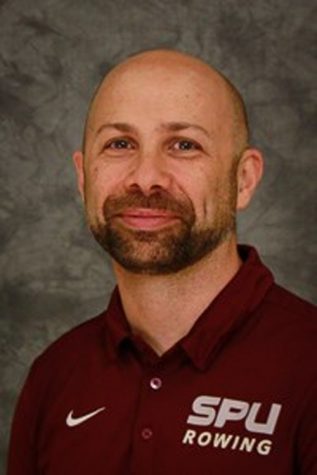
When Seattle Pacific University’s campus closed for the spring, most students and staff went home. This included many student athletes, some of whom were recovering from an injury. The plans for how athletic trainers help injured athletes would have to change as well.
Sports rehabilitation is important because when an athlete gets injured, based on the type of injury, it can be an extensive process. When rehabbing an injury, it is best to have a specific routine for the athlete to follow to ensure that they heal properly and fully.
Prior to COVID-19, SPU had some athletes who were rehabilitating from an injury, doing certain workouts to help recover from the injury and visiting the athletic trainer on a consistent basis. Now, the athletic trainers have had to use new methods to help rehab an injured athlete.
“Being an athletic trainer consists of a mix of a lot of things,” Durocher said during an interview over Zoom.
The job of an athletic trainer at SPU consists of different tasks throughout the day. SPU has a total of three different athletic trainers: head trainer Jason Durocher and assistant trainers Luke Miller and Jessa Coleman.
Durocher, who has been working as an athletic trainer for 22 years, said his love for serving people, as well as his love for sports, is what drove him to become a trainer.
“One of my favorite parts of my job is getting to know the athletes. I knew that I really wanted to work at the college level,” Durocher said during a Zoom meeting.
The job of an athletic trainer usually consists of training, rehabbing and having in-person follow-up meetings to discuss the athletes injury. Overall, the job of an athletic trainer is more traditionally done in person.
“Morning is more administration work and later in the day is more rehabbing with athletes,” Durocher said.
Due to COVID-19, the athletic trainers at SPU have had to figure out a new way to help the athletes, even though they are not with them.
“We connected a lot of people with therapists away from here. The athletes we’ve met with three to five days a week prior to COVID-19, we’ve been using zoom to keep in touch and also give them recovery plans to follow during this time. During our check-ins, we try to see how the athlete’s recovery process is going ,” Durocher said.
In adjusting to not being physically there with the athletes during their healing process, the trainers have found an efficient way to be connected and aid these athletes. With there being little worry about there being a setback in any recoveries, it does not take away the point that the altered process is difficult.
“The hardest part,” Durocher said, “is not being there and being able to physically help the athletes with their rehabilitation like we normally would.”















































































